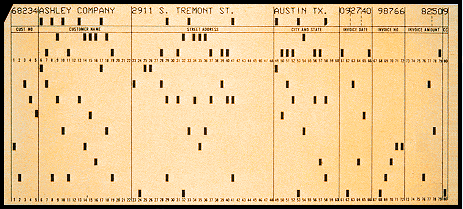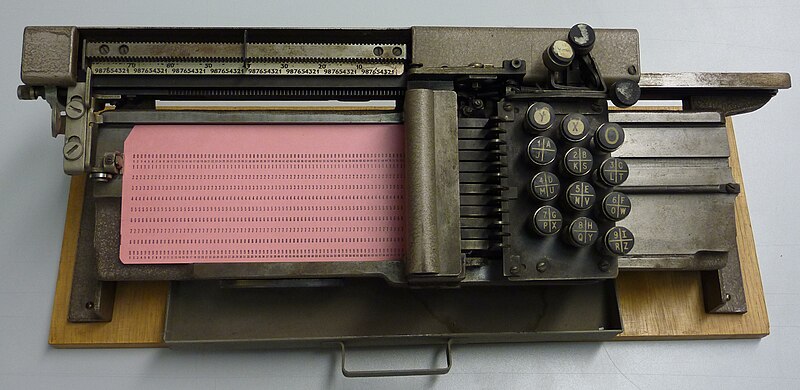Originally posted by chef
View Post
I started out as an Operator and learnt to use the punch machine and the backup hand punch for when it went wrong. I also learnt to program on coding sheets in pencil with topped and tailed "I"s and "0"s with a line through them. These were then sent away for punching. Only the senior guys got their work double punched (i.e. verified) as it was more expensive. For a long time we were only allowed one compile a day. I got my own back in the end as I wrote the "4GL code" (ho ho) that replaced our punched cards so that instructions could be given to the system via the operator's terminal directly.











Leave a comment: